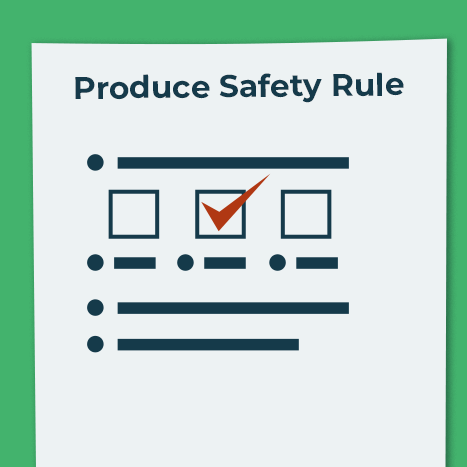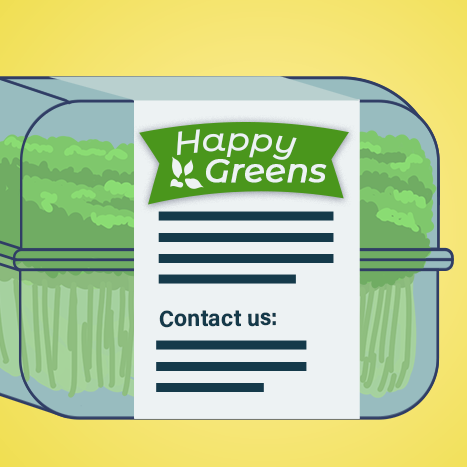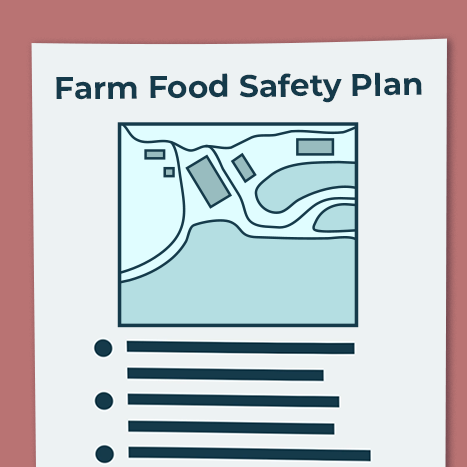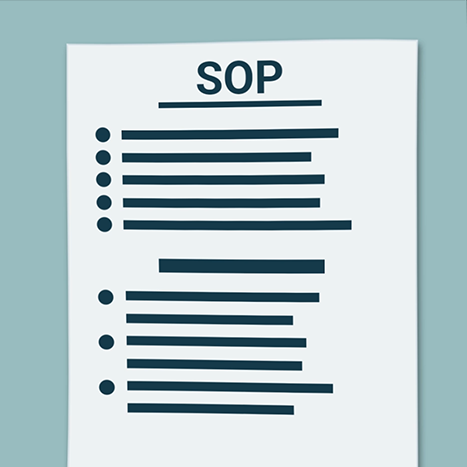Growing microgreens
Growing fresh and healthy microgreens that are safe from foodborne illness.
Cleaning and sanitizing microgreens equipment
Cleaning and sanitizing your equipment is vital to keeping microgreens or any fresh produce safe for consumption.
Key points
- Harmful germs can live on tools and equipment.
- Cleaning and sanitizing prevents foodborne illnesses.
- Cleaning and sanitizing are different steps, and both are important.
- Use sanitizers as directed on the label.
- Write out a procedure for cleaning and sanitizing equipment and tools.
- Keep records to track safety and quality.
Keep surfaces clean – interactive module
All produce growing environments have food safety risks. This interactive will help you identify the potential risks and to learn how to prevent them from causing harm.
Play module play_arrowTypes of risks
- Tools and equipment that will be in direct contact with food
These need to be cleaned and sanitized to avoid contamination. - Other tools, equipment, and personal items that are not in direct contact with food, but are still used in the facility
Care must be taken to avoid cross-contamination. - Hazards
These are things that should not be in the facility at all.
Choosing a sanitizer
There are several options of sanitizers that you can use during the production of microgreens. Picking the right one can be challenging. The Produce Safety Alliance has a list of sanitizers that can be used with fresh produce and microgreens.
Removing seed hulls
Seed hulls can carry harmful pathogens and can be a physical hazard when eating microgreens. While most of them will usually fall off as the microgreens grow. It is good practice to remove them for the consumer.
Methods
- Use sterilized tweezers to remove them one by one.
- Use sterilized gloves to gently rub them off.
- When planting seeds, press them down into growing medium.
Are you covered by the Produce Rule?
The Produce Safety Rule is one of the seven rules under the Food Safety Modernization Act (FSMA), and is specific to businesses that grow, harvest, pack, and hold covered produce including fruits, vegetables including microgreens, nuts, herbs, and mushrooms. While food safety is important for all farms, the FSMA Produce Safety Rule regulations only apply to some farms. Your microgreens operation will fall into one of three categories under the Produce Safety Rule: not covered, qualified exempt, or fully covered. Use the resources here to determine which category your microgreens farm falls under.

Record keeping
The FSMA Produce Safety Rule (PSR) requires a few specific records. Microgreen growers may want or need to keep additional records to ensure that required practices are being carried out correctly, to meet buyer requirements, and/or to participate in a third-party audit. Other documentation, such as Standard Operating Procedures (SOPs), may be helpful to support the implementation of practices in your microgreen growing and packing operation. (Text adapted from this fact sheet)
Resources
Record templates

Labeling
Qualified Exempt farms must follow labeling and signage rules when selling produce that is considered “covered” by the Produce Safety Rule. This provides contact information for the farm in case there is an issue with the produce. “Covered” produce includes all fruits, vegetables including microgreens, herbs, sprouts, and mushrooms that are not on the FDA’s list of items considered rarely consumed raw. You can find a full definition and list of rarely consumed raw produce items under “Are you covered by the Produce Rule?”

Farm food safety plan
The FSMA Produce Safety Rule does not require a written farm food safety plan, but writing a plan helps growers get organized and focused on produce safety, as well as prepare for buyer requirements and third-party audits. Below are just a few links to resources which may help you write a farm food safety plan. We recommend visiting the On-Farm Decision Tree Resources in conjunction with developing your Farm Food Safety Plan.

On-farm decision tree project
Many growers are overwhelmed with the multitude of farm food safety best practices and recommendations. With limited time, money, and available labor, produce farms including microgreens growing operations must learn how to prioritize which practices to use on their farm to reduce food safety risks as well as achieve business goals. These Decision Trees were created to help you prioritize your farm food safety practices and begin to build your own farm food safety plan. [Text adapted from “How to Use Decision Trees”]
Resources

Standard operating procedures (SOP)
A Standard Operating Procedure (SOP) is a document that provides step-by-step instructions on how to complete a specific task properly. An SOP may have several distinct parts to help organize and outline all parts of the process. These parts may include a title, purpose (what), scope (who), responsibility (why), materials, and procedure (how). Remember, this is your farm, your food safety plan, and your SOP. Use whatever terminology and layout work for you, your workers, and your microgreen growing operation. [Text adapted from “How to Write a Standard Operating Procedure”]
SOP Examples

Where to get help
If you would like more information about on-farm food safety for your microgreens growing operation, please use the resources provided, your regional FSMA Training Center, or reach out to your state Cooperative Extension Service.
Help centers
Regional FSMA Training Centers and Partners

